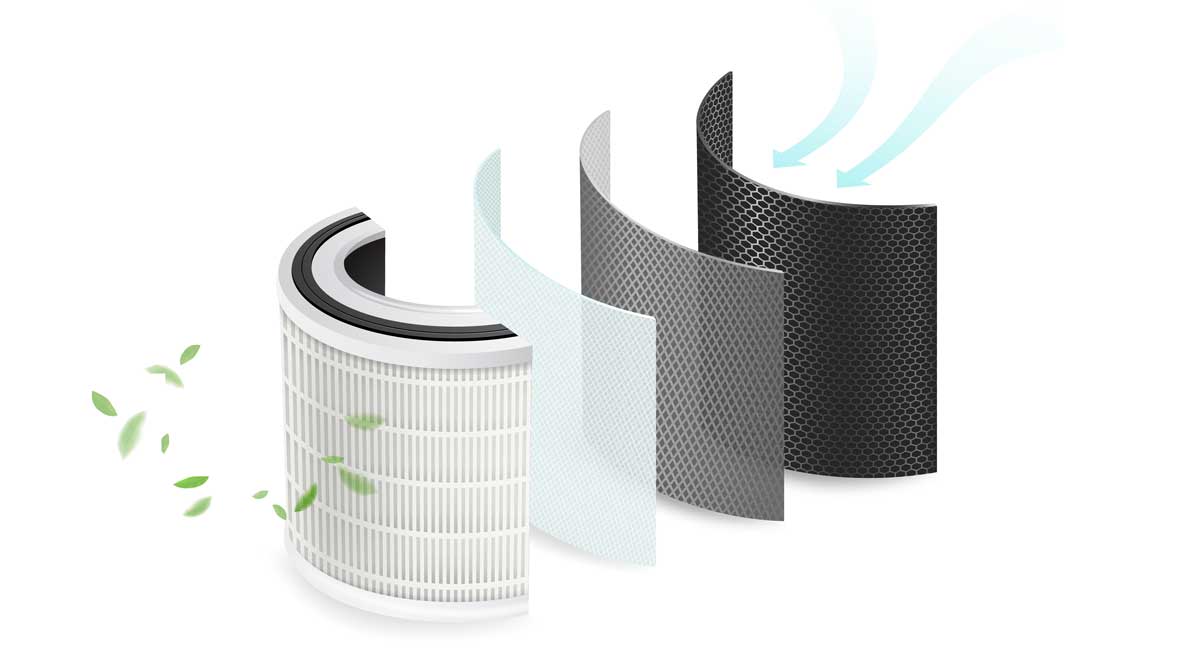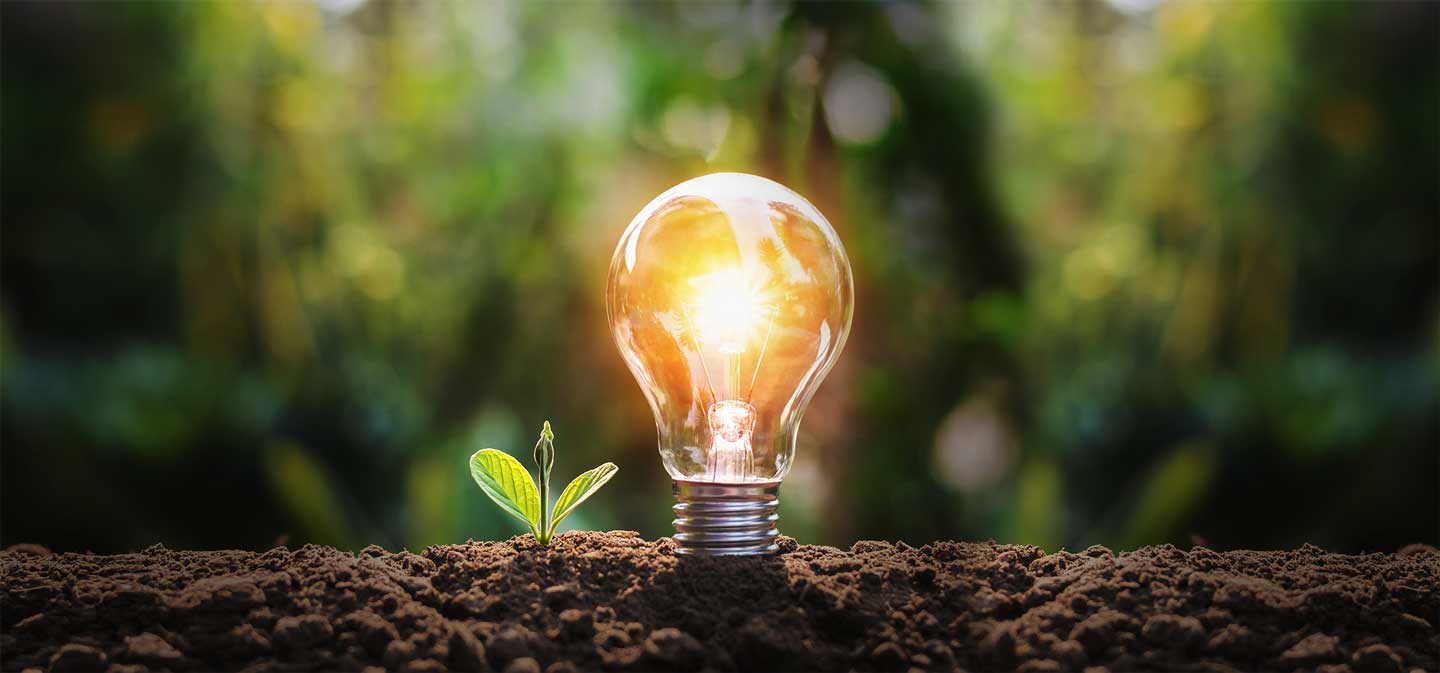Proper maintenance is critical for successful use of chemical laboratory equipment. Clean and properly stored equipment performs better, enhances safety, and protects against contamination. What are the best-practices involved in maintaining a clean workspace in the lab?
Unsurprisingly, diligence and contentiousness are important factors in lab maintenance. Here are three ways to maintain lab equipment used for chemical storage, testing, and mixing.
- Thorough Cleaning With the Proper Materials
Although over 80% of labs in the U.S. count paper towels as one of their most-used cleaning supplies, it’s important to remember that certain cleaning agents can actually leave a residue behind. Paper towels, for example, may deposit microscopic fibers in the tubes and vessels they’ve wiped, rendering future chemicals less pure than otherwise thought. For chemical-specific laboratories, investing in no-remnant cleaning techniques like ultrasonic cleaners, glassware washers, and specially designed wiping cloths can be well worth it, particularly for research that calls for high-purity chemicals. - Regular Calibration of Equipment
Periodical calibration of equipment is critical for chemical applications. Calibrated equipment not only ensures accuracy of measurements and testing, it can improve safety in the lab when hazardous chemicals are involved. In most labs, regular calibration should be considered part of a normal maintenance routine and should be carried out by an independent calibration specialist quarterly, if not more often. - Record Keeping and Testing of Processing Equipment
In chemical labs that deal often with particularly volatile reactions (i.e. pressurized gas, electrical reactions, etc.) regular inspection of operational components is essential. In particular, pressure vessels should be labeled individually and excellent records should be maintained regarding everything from their maximum allowable temperature to burst diagrams. Remember that corrosive and/or hazardous reactors require more frequent inspections and recordings.
There are, of course, dozens of maintenance steps specific to any particular lab. Even the chemicals used in a single experiment can dictate how machinery and glassware should be cleaned, handled, and inspected. Well-maintained lab equipment lasts longer, operates more efficiently, and produces more reliable results. Most importantly, it’s safer to work with.
Do you have questions about whether the chemicals you’re using in your lab necessitate specific maintenance steps? Noah Chemicals has a team of on-site chemists ready to help; reach out today.




